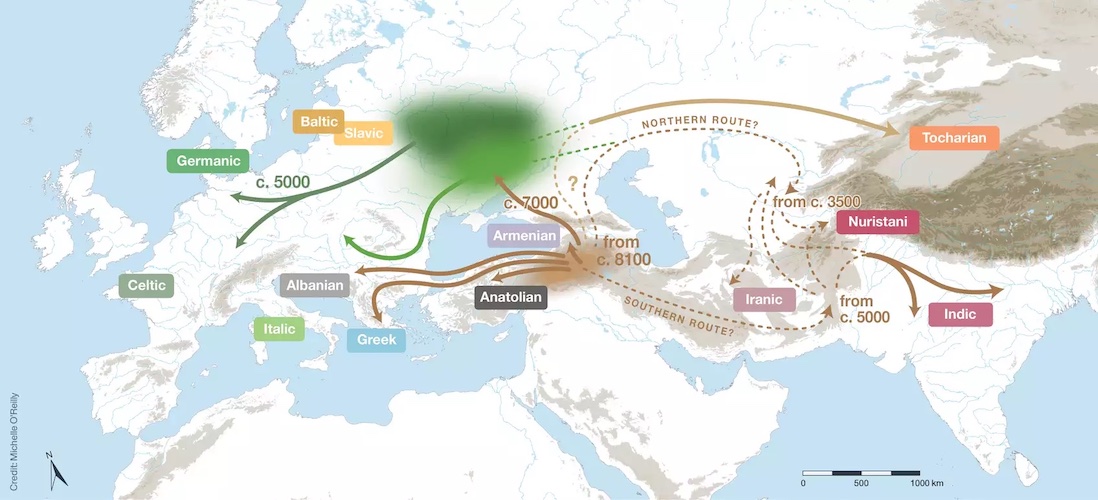Abstand und ausbau, part 2
The first part of this debate, "Abstand und ausbau" (10/28/25), was so spirited and prolonged, and has recently moved on to significant new ground, that I've decided to launch this part 2.
Before commenting here, please go back and review what was said in the previous o.p. and the subsequent comments thereto, some of which are quite substantial. Here I copy one of the recent observations in the first thread that has not yet been adequately responded to there:
Read the rest of this entry »
